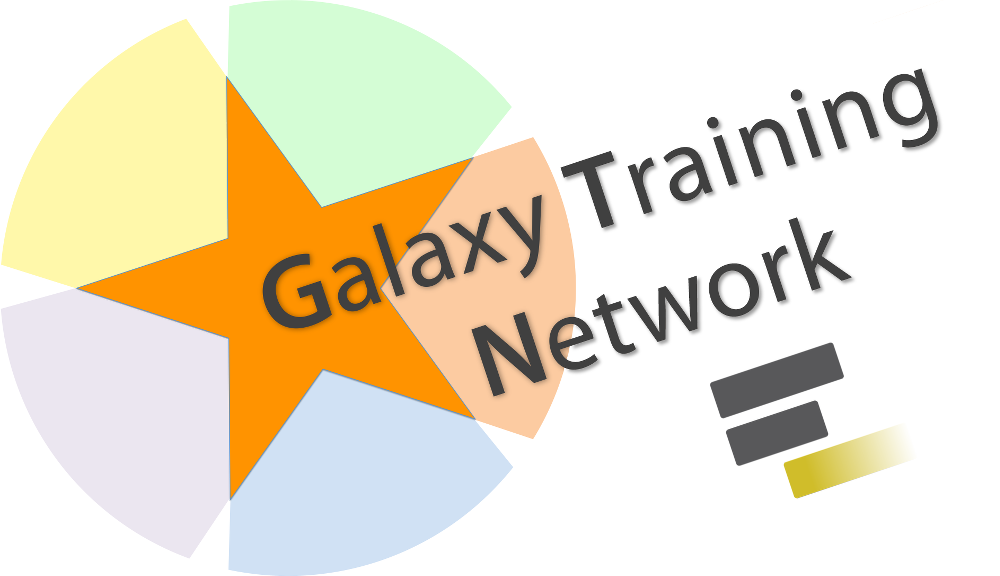Training materials
Difficulty level: Beginner
and Contributors: Björn Grüning or Marek Vrbacky or Dr. Simon Andrews or Emily Angiolini
-
hands-on tutorial
Hands-on for 'Label-free versus Labelled - How to Choose Your Quantitation Method' tutorial
 • beginnerProteomics proteomics DDA
• beginnerProteomics proteomics DDA -
hands-on tutorial
Hands-on for 'Peptide and Protein ID using SearchGUI and PeptideShaker' tutorial
 • beginnerProteomics proteomics DDA HeLa
• beginnerProteomics proteomics DDA HeLa -
hands-on tutorial
Hands-on for 'Protein FASTA Database Handling' tutorial
 • beginnerProteomics proteomics DDA
• beginnerProteomics proteomics DDA -
hands-on tutorial
Hands-on for 'Mass spectrometry imaging: Loading and exploring MSI data' tutorial
 • beginnerProteomics proteomics mouse imaging
• beginnerProteomics proteomics mouse imaging -
hands-on tutorial
Hands-on for 'Galaxy 101' tutorial
 • beginnerintroduction
• beginnerintroduction -
hands-on tutorial
Hands-on for 'From peaks to genes' tutorial
 • beginnerintroduction
• beginnerintroduction -
Train the trainer
 • beginnerComputational biology Bioinformatics training pedagogy
• beginnerComputational biology Bioinformatics training pedagogy